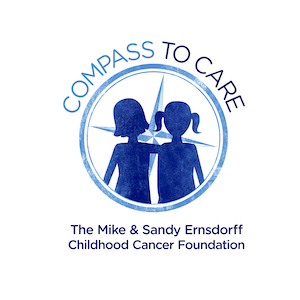Proton therapy has become the standard of care for pediatric cancer patients because of its ability to target tumors with exceptional precision while minimizing damage to healthy tissue. This is particularly important for children and young adults, whose bodies are still developing. Over 80% of children diagnosed with cancer now survive at least five years[1], and 70% can expect to become long-term survivors[2]. Proton therapy plays a vital role in contributing to this improved survival, as it reduces the risk of long-term side effects, such as growth issues, cognitive delays, and the development of secondary cancers, which are often associated with traditional radiation therapies.
Since 1975, the overall death rate for childhood cancer has decreased by more than 50%[3]. Proton therapy is especially valuable for treating cancers located near critical areas, such as the brain, spine, and eyes, where minimizing exposure to surrounding healthy tissue is crucial. With decades of research supporting its efficacy and safety, proton therapy is recommended by leading cancer institutions around the world as the preferred treatment for pediatric patients, helping them not only survive their diagnosis but thrive after treatment.
[1] https://www.cancer.org/cancer/types/cancer-in-children/key-statistics.html
[2] https://www.nature.com/articles/nrc722
[3] https://www.cancer.org/cancer/types/cancer-in-children/key-statistics.html

Matthew Ladra, M.D., M.P.H.
Director of Pediatric Radiation Oncology
Johns Hopkins Kimmel Cancer Center at Sibley Memorial Hospital
EXPERT INSIGHT:
“If a child has a tumor located on one side of the brain, protons can effectively eliminate any radiation from traveling to the other side of the brain,” notes Matthew Ladra, M.D., M.P.H., director of pediatric radiation oncology at the Johns Hopkins Kimmel Cancer Center at Sibley Memorial Hospital. “Excess radiation to developing brains has a chance of causing difficulty with learning and memory later in life, so anything that gets rid of the ‘spillover’ dose is great for our kids. Spinal tumors just behind the heart, tumors next to the eye or tumors in the muscles next to reproductive organs are all situations where proton therapy shines and can reduce the chance of having any negative impact on those organs.”
For more detailed research and studies supporting proton therapy for pediatric patients, please visit our Research page.
Patient and Family Stories:
Hearing from families who have been through treatment can offer comfort and inspiration. Explore the real experiences of children and young adults who have undergone proton therapy, including Grace Eline, a young survivor who turned from her diagnosis to advocacy through her foundation, WITH Grace.

Benny’s Story: A Brain Tumor Awareness Month Spotlight

Coach Goes Head-to-Head with Cancer

Mark Kahrs: Moving Forward After Head and Neck Cancer

Bringing Space to Pediatric Proton Therapy: A Conversation with Dr. Corrie Anderson

Brain Cancer Survivor Benedict Schiefelbein

Pediatric Patient Story: Thomasina “Tommie” DeSantis
Support for Families:
At NAPT member centers, a team of dedicated professionals—including patient navigators, child life specialists, and other supportive staff—work closely with families to ease the complex process of coordinating cancer care. These team members tirelessly ensure that patients and their loved ones are fully supported throughout their treatment experience.
Below are even more resources to assist you as you move through this challenging time:






